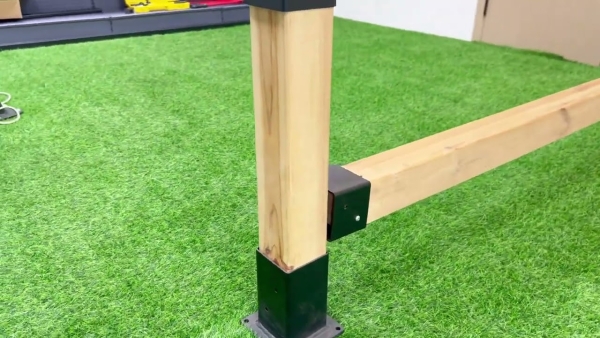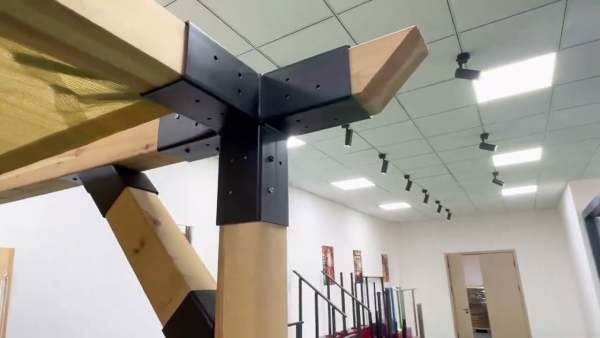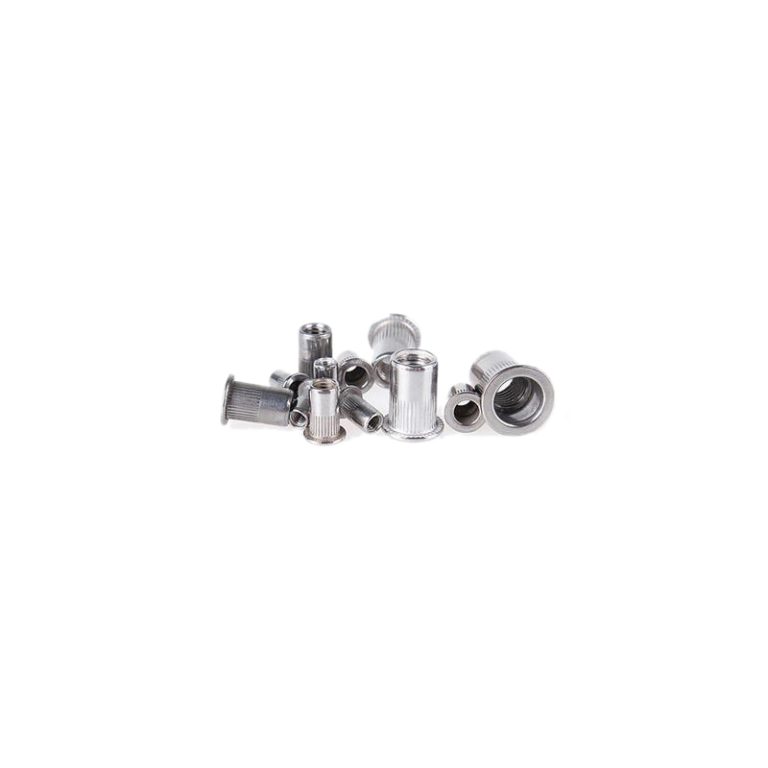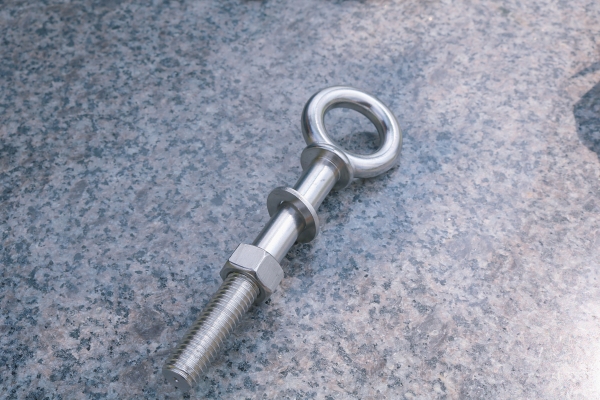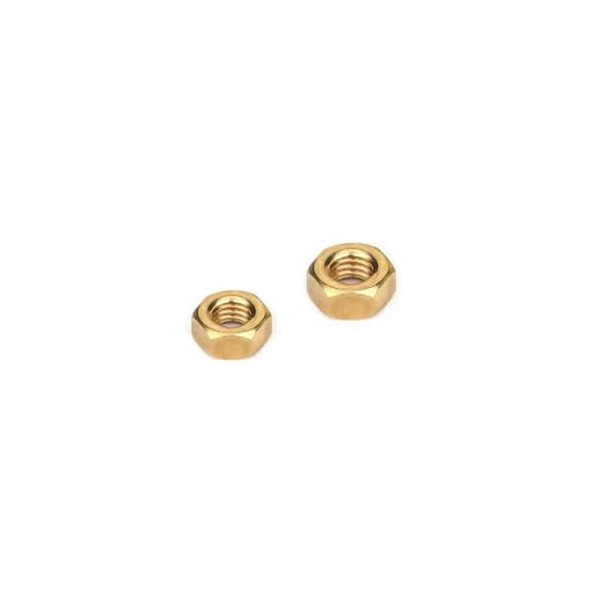Table of Contents
Pros and Cons of Using Cedar for Pergolas
When it comes to choosing the right timber for your pergola, there are several factors to consider. One popular option is cedar, known for its durability and natural resistance to decay. In this article, we will explore the pros and cons of using cedar for pergolas.
Cedar is a popular choice for pergolas due to its natural beauty and durability. It is a lightweight wood that is easy to work with, making it a popular choice for DIY projects. Cedar is also naturally resistant to rot, decay, and insect damage, making it an ideal choice for outdoor structures like pergolas that are exposed to the elements.
One of the main advantages of using cedar for pergolas is its natural resistance to decay. Cedar contains natural oils that act as a preservative, protecting the wood from rot and decay. This means that cedar pergolas require less maintenance and are more likely to last longer than pergolas made from other types of wood.
In addition to its durability, cedar is also known for its natural beauty. Cedar has a rich, warm color that can add a touch of elegance to any outdoor space. Over time, cedar will weather to a silvery gray patina, adding to its rustic charm.
Despite its many advantages, there are some drawbacks to using cedar for pergolas. One of the main disadvantages of cedar is its cost. Cedar is a premium wood that is more expensive than other types of timber, making it a less budget-friendly option for some homeowners.
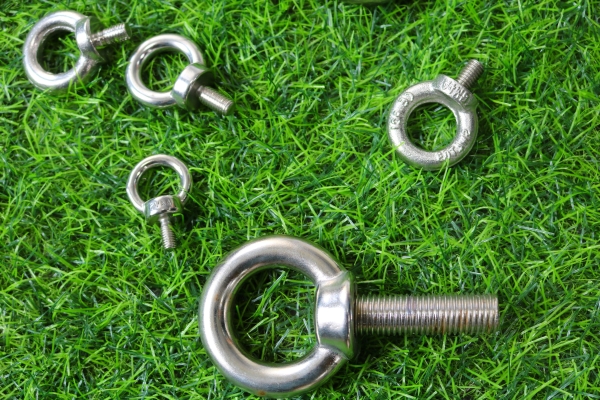
Another potential downside of using cedar for pergolas is its susceptibility to warping and cracking. Cedar is a softwood, which means that it is more prone to these issues than hardwoods like oak or teak. To minimize the risk of warping and cracking, it is important to properly seal and maintain cedar pergolas.
In conclusion, cedar is a popular choice for pergolas due to its natural beauty and durability. Its natural resistance to decay and insect damage make it an ideal choice for outdoor structures like pergolas. However, cedar can be more expensive than other types of timber, and it is more prone to warping and cracking. Overall, cedar is a great option for homeowners looking for a durable and attractive wood for their pergolas, but it is important to weigh the pros and cons before making a decision.
Best Timber Options for Long-lasting Pergolas
When it comes to building a pergola, choosing the right type of timber is crucial for ensuring its longevity and durability. There are several timber options available in the market, each with its own unique characteristics and properties. In this article, we will discuss some of the best timber options for long-lasting pergolas.
One of the most popular timber choices for pergolas is cedar. Cedar is known for its natural resistance to rot, decay, and insect infestation, making it an ideal choice for outdoor structures like pergolas. In addition, cedar has a beautiful natural color and grain pattern that adds a touch of elegance to any outdoor space. However, cedar can be more expensive than other timber options, so it is important to consider your budget when choosing this type of timber for your pergola.
Another popular timber option for pergolas is redwood. Redwood is also naturally resistant to rot, decay, and insect infestation, making it a durable and long-lasting choice for outdoor structures. Redwood has a rich, reddish-brown color that can add warmth and character to your pergola. Like cedar, redwood can be more expensive than other timber options, so it is important to weigh the cost against the benefits of using this type of timber for your pergola.
If you are looking for a more budget-friendly timber option for your pergola, pressure-treated pine may be a good choice. Pressure-treated pine is treated with chemicals that help protect it from rot, decay, and insect infestation. While pressure-treated pine may not have the same natural beauty as cedar or redwood, it is a cost-effective option that can still provide a durable and long-lasting pergola.
For those looking for a more exotic timber option, teak is a popular choice for pergolas. Teak is known for its natural resistance to rot, decay, and insect infestation, as well as its beautiful golden-brown color and grain pattern. Teak is a high-end timber option that can add a touch of luxury to your outdoor space. However, teak can be one of the most expensive timber options for pergolas, so it is important to consider your budget before choosing this type of timber.
In addition to the type of timber used, it is also important to consider the grade of timber when building a pergola. Higher-grade timber will have fewer knots, splits, and other imperfections, making it more durable and long-lasting. It is worth investing in higher-grade timber for your pergola to ensure its longevity and structural integrity.
In conclusion, there are several timber options available for building a long-lasting pergola. Cedar, redwood, pressure-treated pine, and teak are all popular choices that offer durability, resistance to rot and decay, and aesthetic appeal. When choosing the right timber for your pergola, it is important to consider your budget, the grade of timber, and the overall look you want to achieve. By selecting the best timber option for your pergola, you can create a beautiful and functional outdoor space that will stand the test of time.

